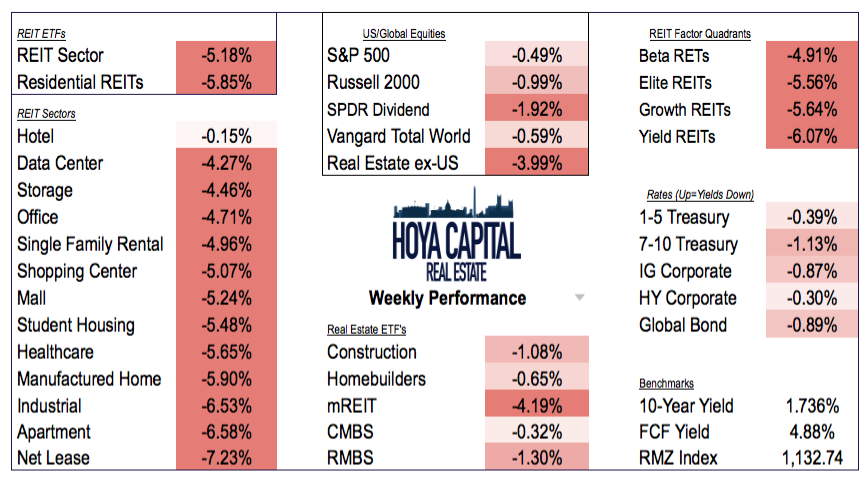Keep Your Bonds, but Reduce the Risks JOURNAL REPORTS: FUNDS & ETFSSome advisers are wary of using bonds in client portfolios. Here is why you still should own them and how to do it right.
As strong demand has pushed up bond valuations—depressing their already low yields—some investors and financial advisers are saying “enough” and are turning their backs on the sector.
Not so fast, say many bond professionals.
1. When bonds make sense...not just worry about yield. “If you own bonds for diversification, income isn’t something that you should [focus] on,” says Laura Thurow, head of asset manager research at Robert W. Baird & Co.
2. Know where risks may lie....In relation to Treasurys, junk-bond yields are roughly in line with historic averages, so they’re not in bubble territory, says Rob Balkema, who manages multiasset funds at Russell Investments.
3. Spread risk in a portfolio.. it is possible to balance them, says Kathleen Gaffney, who manages Eaton Vance Multisector Income Fund (EVBAX). She suggests dividing your bond portfolio into roughly equal parts, each dedicated to a particular type of risk
4. Diversify your sources ... Aviance
Capital Management, in Sarasota, Fla., portfolio manager Jeff Walker likes preferred shares.... Convertibles also gyrate less than stocks, though they do move in sympathy with them, says Katrina Lamb, head of investment strategy at wealth-management firm MV Financial, Bethesda. Md.
5. Bonds at lower valuationsInvestors who want to temper the risk of principal loss could put some money into bonds that aren’t trading at high valuations. One with potential for appreciation is the U.S. Treasury inflation-protected securities, or TIPS, sector, says Mr. Worah of Pimco.'
....core U.S. consumer-price inflation already has risen above 2%, and Pimco believes it is likely to stay there for a while.
“The factors that have been keeping inflation down, the commodity price correction and strength in the dollar, have faded,” Mr. Worah says. “TIPS are the cheapest government bond” and are worth owning by themselves, he adds.
http://www.wsj.com/articles/keep-your-bonds-but-reduce-the-risks-1476064923Goldman Asset Likes Inflation Bonds Amid Best Rally Since 2012Wes Goodman, Bloomberg
“We like them a lot,” Mike Swell, the co-head of global portfolio management for fixed income in New York, said in an interview on Bloomberg Television Tuesday. “Investors are catching up to what a lot of us in markets already know, that inflation is picking up.”
TIPS have returned 6.9 percent in 2016, heading for their biggest gain since 2012, according to Bank of America Corp. indexes. Nominal Treasuries have returned 4.3 percent this year.
http://www.bloomberg.com/news/articles/2016-10-12/goldman-asset-likes-inflation-bonds-amid-best-rally-since-2012Goldman Sachs Infl Protected Secs R6 GSRUX
iShares Barclays TIPS Bond Fund (Etf) TIP
https://www.google.com/finance?q=NYSEARCA:TIP&ei=GLL9V6GcAYepmAHR_qf4Cg
